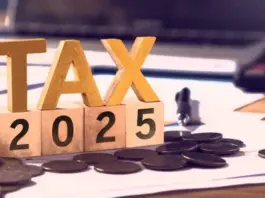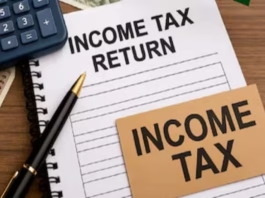Income Tax News: Periodic modifications are implemented in the Indian tax system to guarantee its effectiveness and compliance. For the Assessment Year (AY) 2024–2025, the Income Tax Return (ITR) forms have been updated to improve transparency and expedite the filing process. To comprehend the subtleties and ramifications of each type, let’s get into the specifics.
ITR-1 (SAHAJ)
Individuals with income from salary, one residential property, interest income, and agricultural income up to ₹50 lakh are eligible to file Form ITR-1, sometimes referred to as SAHAJ. It does not apply to people who make money from their business or vocation.
ITR-2
Hindu Undivided Families (HUFs) and individuals who are not entitled to file an ITR-1 and who get income from sources other than their company or profession should file an ITR-2. It covers international assets and income, capital gains income, and more.
ITR-3
For individuals and HUFs with income from a business or profession, the ITR-3 is appropriate. The addition of a new Schedule-S, which mandates reporting information on revenue from speculative businesses, is the major change to ITR-3. For greater clarity, Schedule-IT, which describes how interest is calculated under sections 234A, 234B, and 234C, has also been updated.
ITR-4 (SUGAM)
Sugam, or ITR-4, is a tax return filed by individuals, HUFs, and businesses (apart from LLPs) with presumed income from business and profession. The amendment to ITR-4 for AY 2024–2025 requires that information about any cash transactions over Rs. 50 lakhs be reported for the whole fiscal year. This is an attempt to reduce tax evasion and improve transparency.
ITR-5
ITR-5 is for businesses, associations of persons (AOPs), bodies of individuals (BOIs), and limited liability partnerships (LLPs). The updated form ensures compliance with international tax laws and improves financial disclosures by incorporating improvements to the reporting of foreign income and assets.
ITR-6
Except for businesses seeking exemption under section 11 (income from property held for charity or religious purposes), ITR-6 is for businesses. The revised form, which takes into account the changing nature of business and the growing importance of online commerce, adds new areas for reporting income from digital transactions and e-commerce activities.
ITR-7
ITR-7 is for individuals and businesses that must file returns in accordance with sections 139(4A), 139(4B), 139(4C), and 139(4D). The updated form conforms to government efforts to control the digital economy and guarantee tax compliance among different businesses by incorporating provisions for reporting revenue from virtual assets and digital transactions.
Bank Account Disclosure
One of the biggest modifications is that taxpayers now have to reveal every bank account they had from the prior year, along with the kind of account. If people want to opt out and return to the previous income tax regime, they must provide specific information.
The default tax regime has changed to the new regime. While taxpayers must choose the tax regime in ITR-1, they must submit Form 10-IEA in ITR-4 in order to opt out of the new tax regime. In addition, a new column has been added to both forms for Section 80CCH deduction claims. A new “Receipts in Cash” column in ITR-4 allows for a higher turnover threshold.




